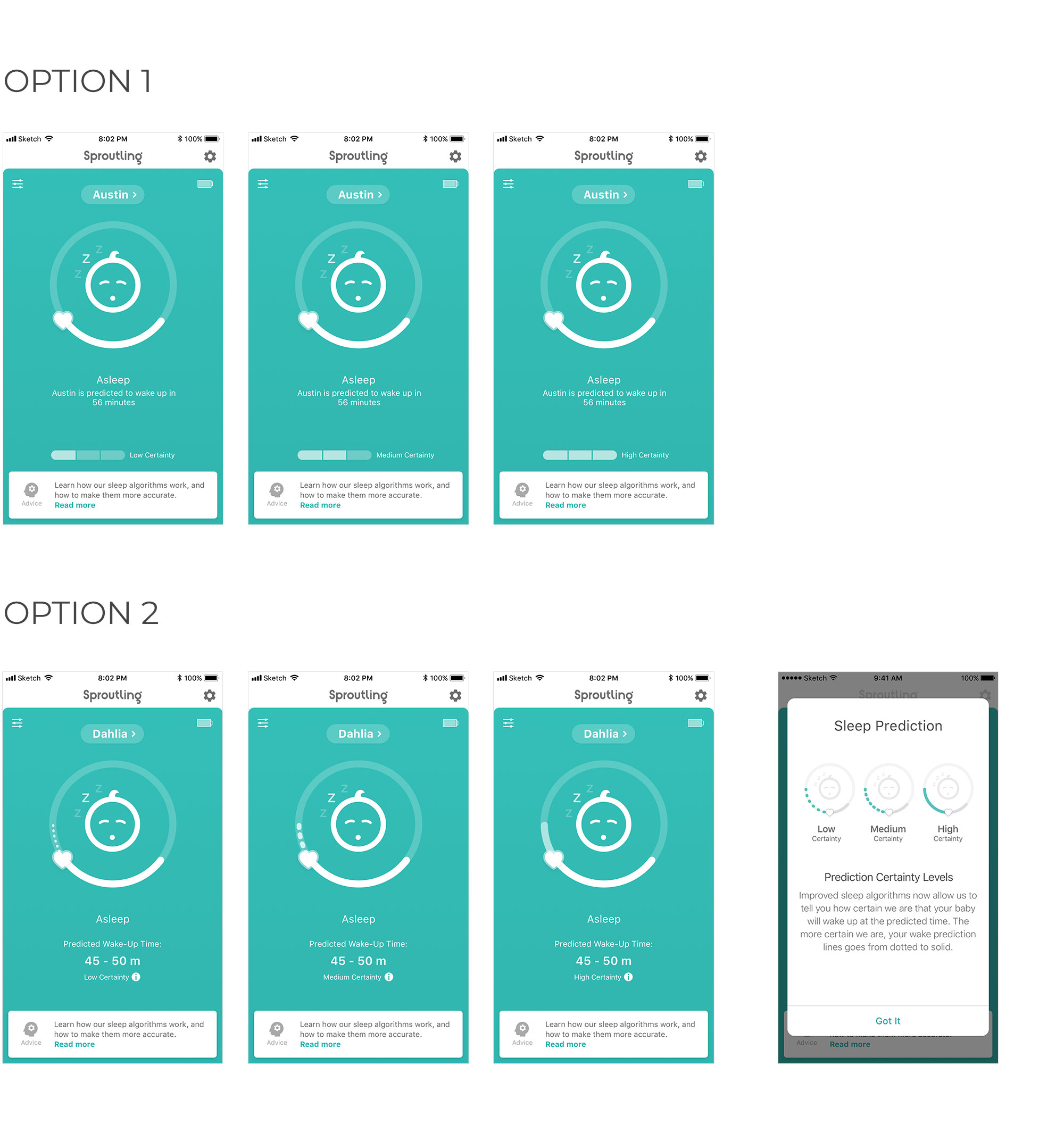FISHER-PRICE
SPROUTLING
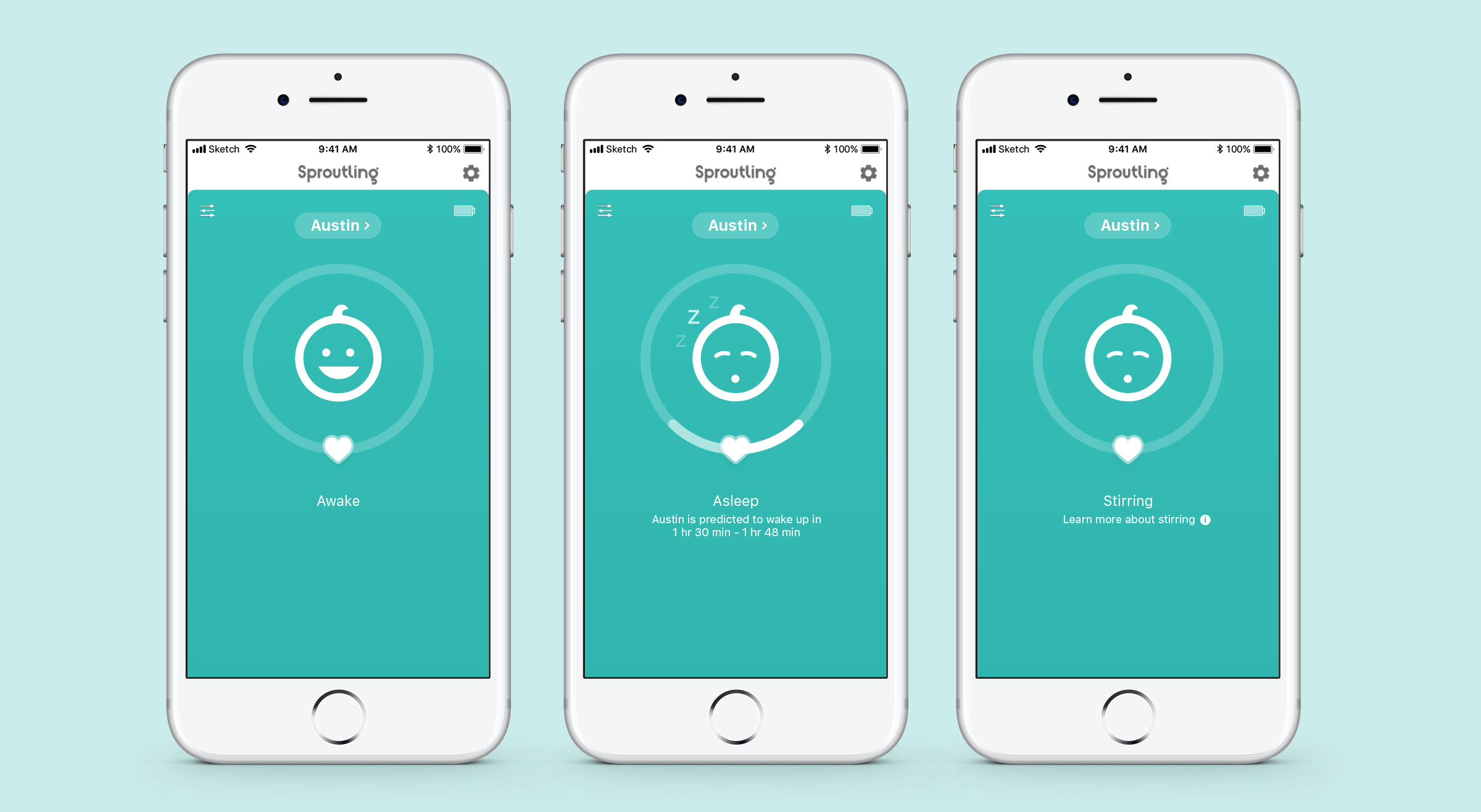
Overview
Sproutling is a wearable that tracks babies' sleep. It works with a companion app which parents can use to see what the sleep status is of their baby - if they're sleeping, awake, or "stirring" (an in-between stage of wake and sleep). Sproutling applies machine learning to analyze sleep data and predict when the baby may wake up.
Sproutling's main goal is to act as a baby monitor giving parents peace of mind. But it has the additional benefit of wake prediction which helps parents better plan their activities (when to heat up a bottle, take a shower, or do other tasks) based on when their baby is likely to wake up.
When I joined the team, the product was just a few months from launch so the product was already fully designed. But soon after launch we started hearing from our users that they were not getting accurate wake predictions.
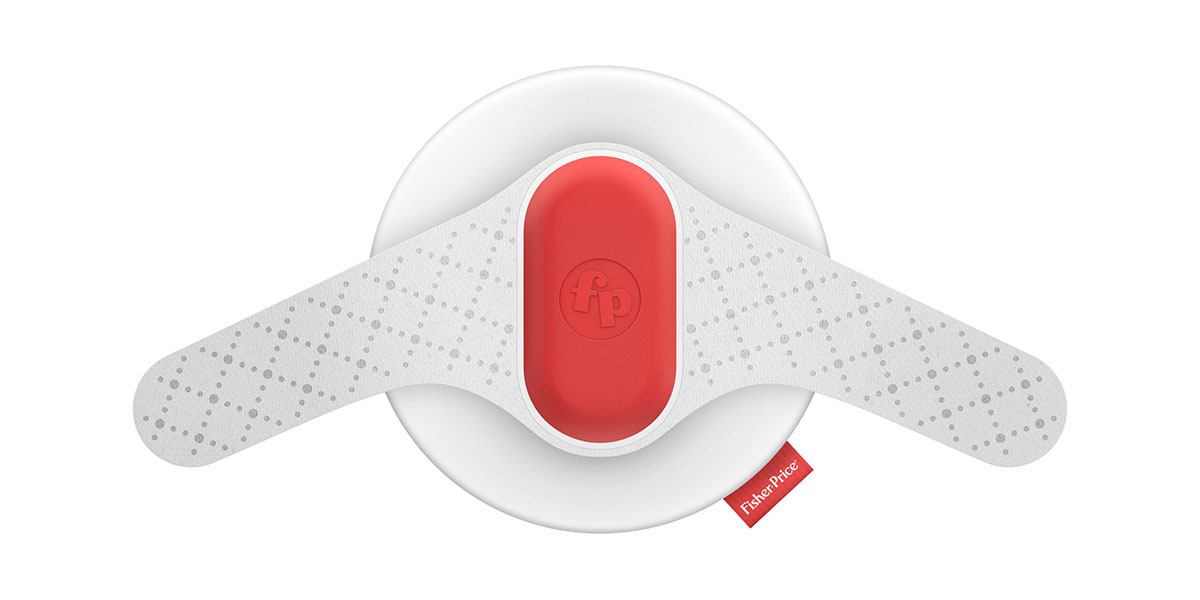
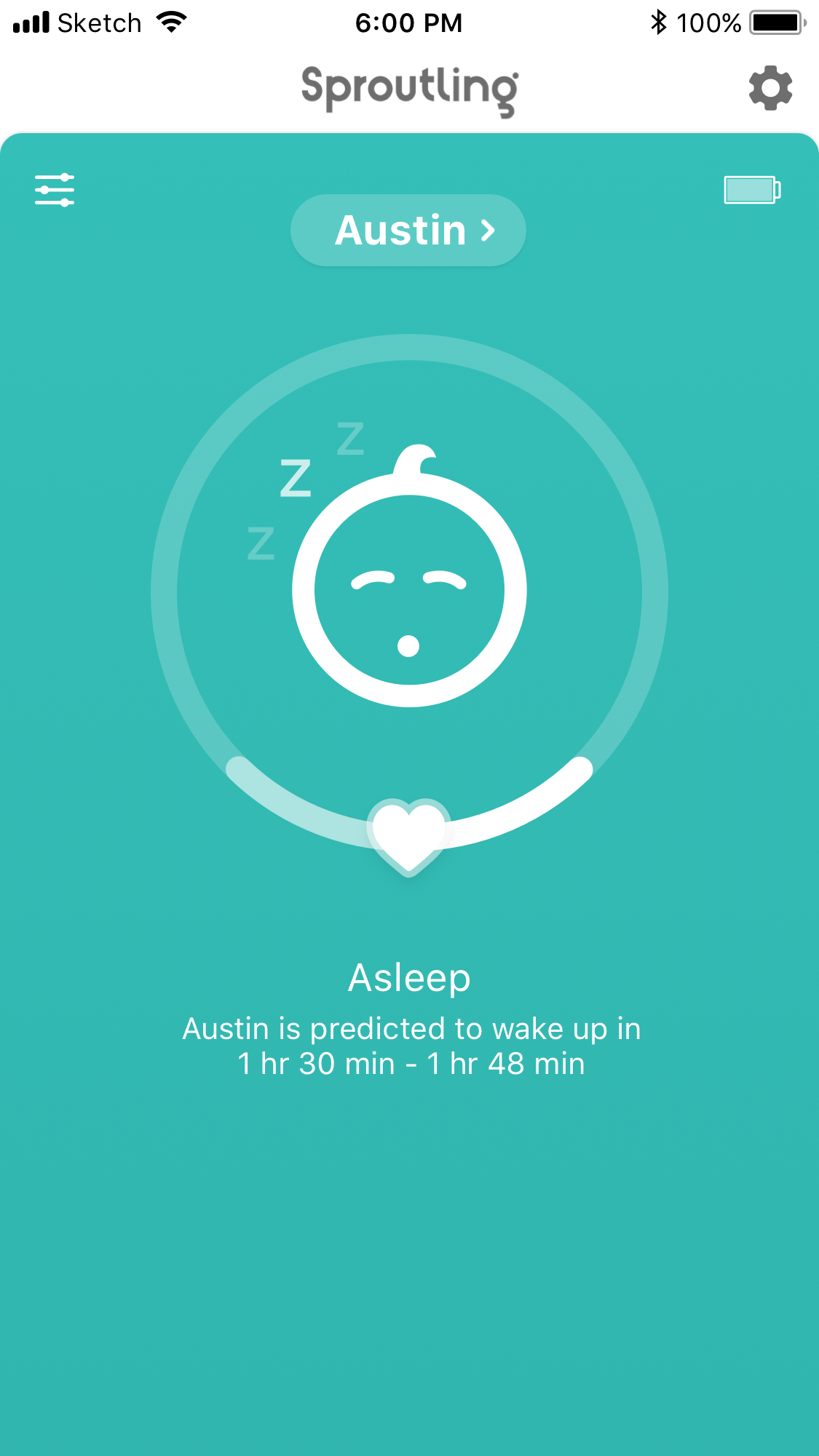
The status screen shows what the current sleep status is of the baby. The circle is a clock and the heartbeat represents the current time. The semi-transparent line that ends around the 7:30 mark is the wake prediction line. The solid white line represents when sleep started.
Challenge
In order to find out why our users were not getting accurate predictions our design team worked with an AI company who would be improving our prediction algorithms. They told us that there is a degree of uncertainty when trying to predict the wake up times of a baby as there are lots of factors involved. But without getting into the nitty gritty details, they told us that their wake prediction algorithm accuracy could be measured.
My role was to research and design an experience that would help the user understand and interpret the accuracy measures of the wake predictions.
Approach
Based on our research, we knew parents relied on the accuracy of wake predictions to do things like take a shower, take a nap themselves (tired parents deserve rest!), get a bottle ready, etc. When they see that their baby is predicted to nap for 2 hours, it helps them plan out their day a little better (or their next two hours at least).
Goals:
- - At a glance, inform the parent how accurate the prediction they were seeing is
- - Clearly explain what different accuracy prediction levels are
- - Increase users' confidence in Sproutling
Step 1: Understanding prediction accuracy
In order to design an experience communicating what prediction accuracy is I needed to understand what it is myself. It was explained by the AI company as a "prediction certainty". For example, say the algorithm predicted the baby would wake up in 2 hours, it could assign let's say a 20% certainty meaning the algorithm was 20% certain that the baby would wake up in two hours. Things that could affect the certainty levels included amount of data, quality of data, and time. In terms of time, they explained that at the beginning of a nap the prediction might be 2 hours and 20 minutes with 20% certainty but after 2 hours elapsed, an updated prediction might show 15 minutes until wake is predicted with 80% accuracy.
Step 2: Classifying prediction accuracy
My intial thought about prediction accuracy is that percentages can be confusing to users and can take more time to parse than simpler classifications. Again, my goal was to make sure users could understand this information "at a glance". It made more sense to me to classify these percentages into low, medium, and high certainty levels.
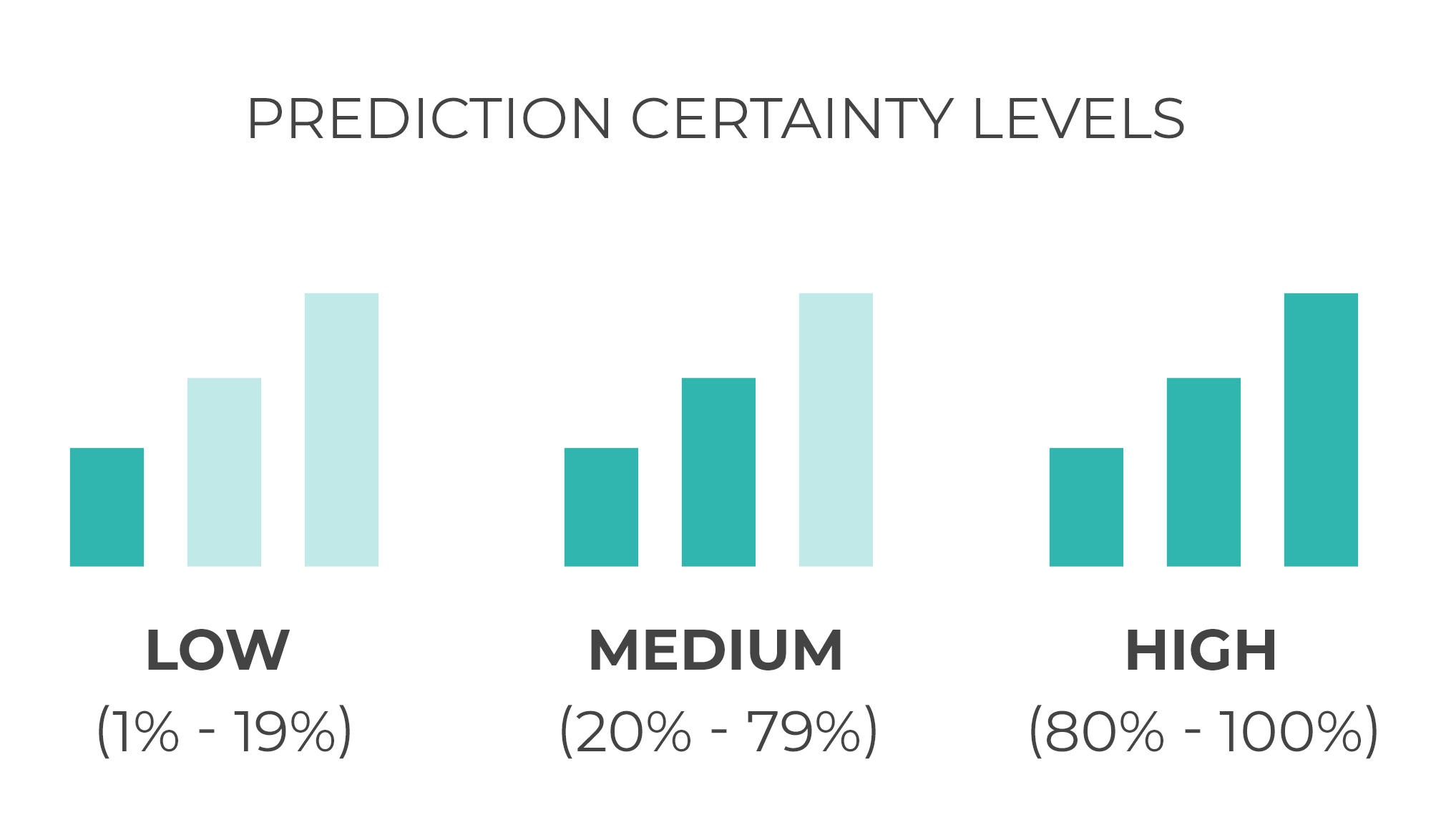
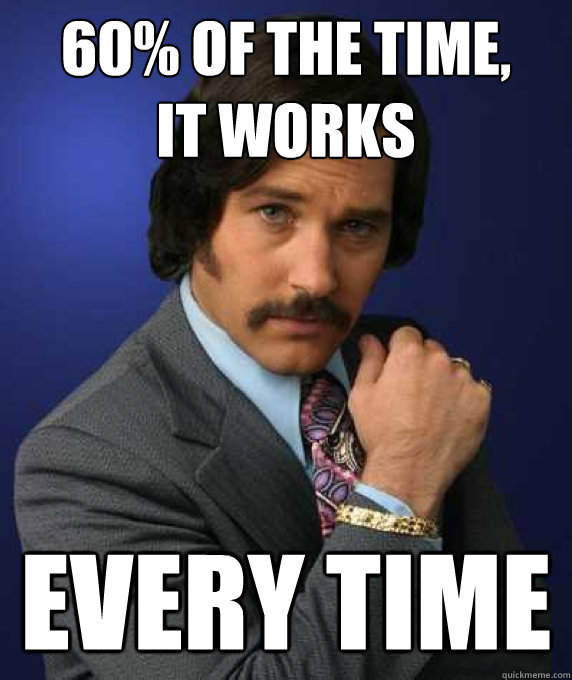
Percentages can be confusing so I thought classifying percentages into low, medium, and high certainty levels would be more clear.
Step 3: Designing
I designed two options to test. Option 1 shows certainty levels with a meter and included a tooltip at the bottom will take the user to FAQs to better understand what certainty levels are. Option 2 utilizes the wake prediction line design that already exists. When prediction accuracy is low, the dots are smaller and further apart. As the prediction certainty goes up the line goes from dotted to solid. I also thought having a small info button with a modal to give a quick explanation would help.
